How to select Rubber Expansion Joint material?
According to a report by Persistence Market Research, the Rubber Expansion Joints market has great growth in the coming years, especially in protruding construction industry, travel and traffic from railways etc.
Then the material selection of Rubber Expansion Joint is becoming more important. It not only depends on the pressure, temperature, fluid etc. parameters, but also depends on the inner tube and outer tube’s diameter.
First, we learn about the common rubber expansion joint material.
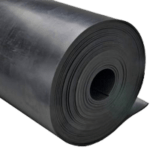
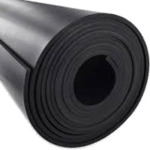
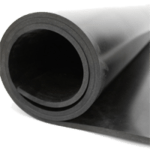
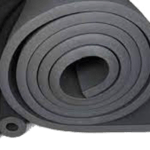
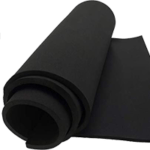
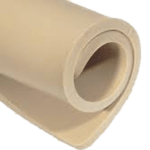
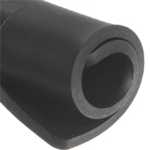
Second, we depend on the temperature to select the rubber expansion joint material.
| Maximum Temperature Ratings | |||||||
|---|---|---|---|---|---|---|---|
| Reinforcing Fabric | Tube or Cover Elastomer | ||||||
| Pure Gum Rubber | Neoprene | Butyl | Nitrile | Hypalon® | EPDM | FKM | |
| Nylon | 180 °F / 82 °C | 225 °F / 107 °C | 250 °F / 121 °C | 210 °F / 99 °C | 250 °F / 121 °C | 250 °F / 121 °C | 250 °F / 121 °C |
| Polyester | 180 °F / 82 °C | 225 °F / 107 °C | 250 °F / 121 °C | 210 °F / 99 °C | 250 °F / 121 °C | 250 °F / 121 °C | 250 °F / 121 °C |
| Aramid | 180 °F / 82 °C | 225 °F / 107 °C | 300 °F / 149 °C | 210 °F / 99 °C | 250 °F / 121 °C | 300 °F / 149 °C | 400 °F / 204 °C |
Third, We depend the fluid to select the rubber expansion joint material.
It is very important to choose the material when the pipeline is conveying liquids other than water. It has different compatibility to chemicals and abrasive slurries.
For instance:
- For chemical applications, the best choice may be Viton, PTFE, or Hypalon.
- Synthetic Nitrile rubber is best for raw sewage.
- EPDM is a good choice for many hot air applications.
Last, Flange material options are Carbon steel zinc plated, Galvanised steel, 304 stainless steel and 316 stainless steel.
Send Your Question
Recent Post
-
Has the price of rubber expansion joints in China increased?
-
Rubber Expansion Joint Manufacturing Process in China
-
Chinese Rubber Joint Manufacturer Establishes Strong Foothold in Australian Market
-
Chinese Rubber Expansion Joints Gain Popularity in the Italian Market
-
Advantages of Dual-Sphere Rubber Expansion Joints

PEW
Hi, I’m the author of this post, and I have been in this field for more than 10 years. If you want to get more info about industrial pipe rubber expansion joints, feel free to ask me any questions.
